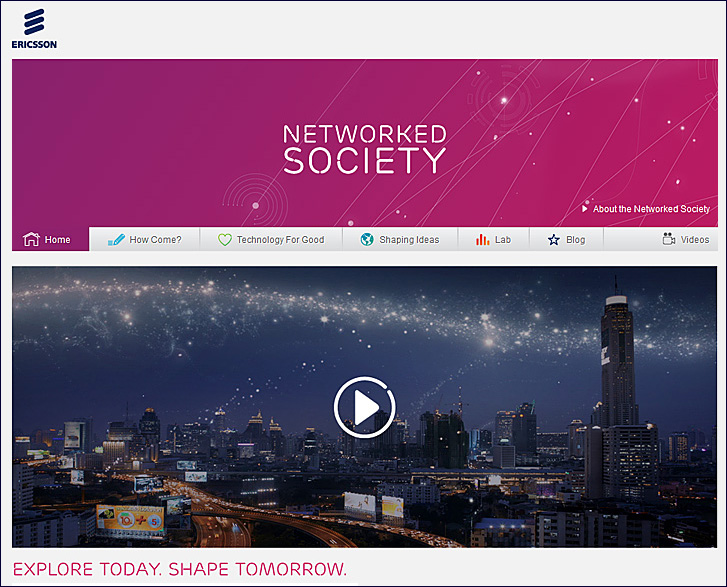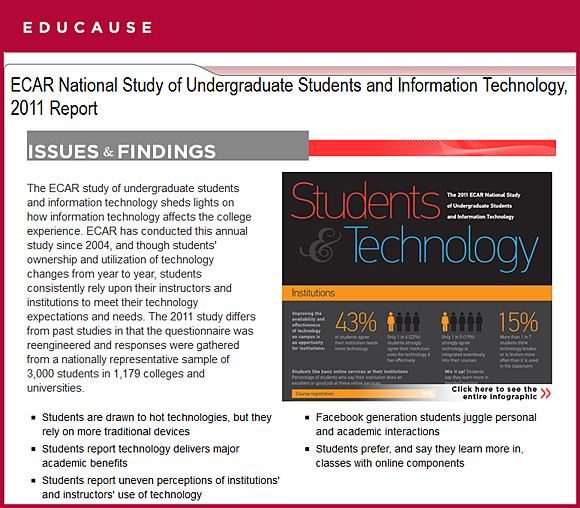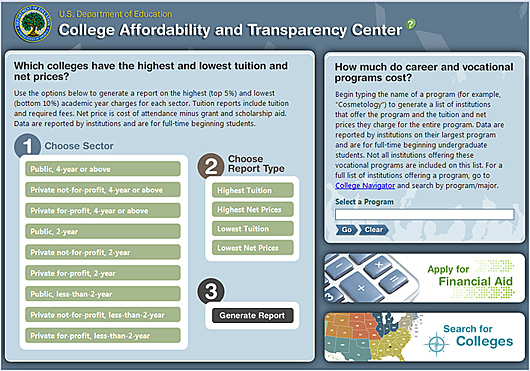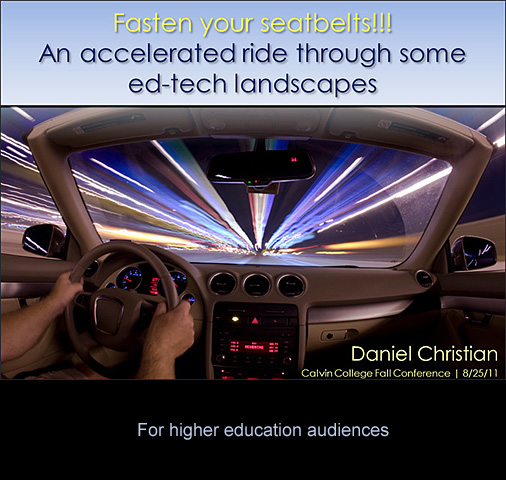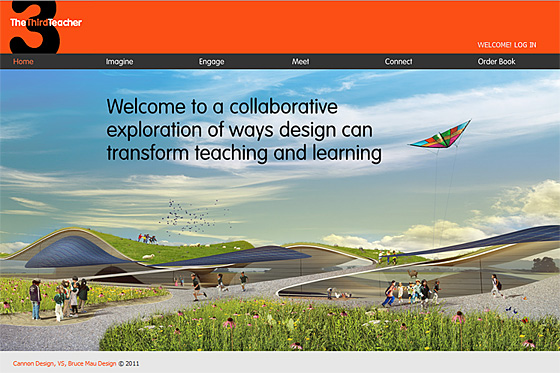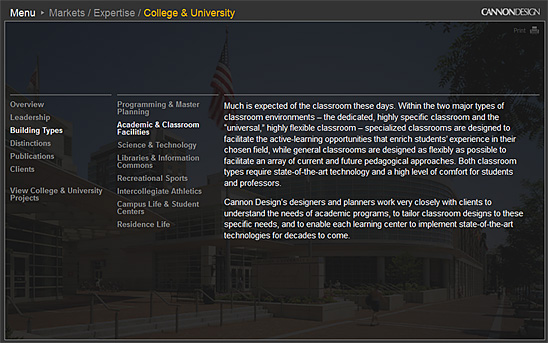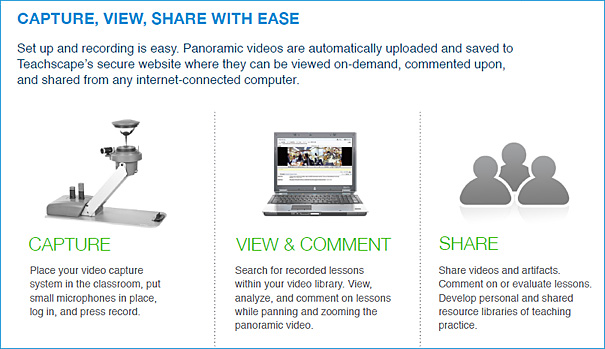College presidents say $10,000 degrees available now — from texastribune.org by Reeve Hamilton
Excerpt:
Called “The Evolving Role of University Systems in Higher Education,” today’s panel mostly focused on efforts to lower the cost of college. It was moderated by Texas A&M System Chancellor John Sharp and featured Heldenfels, Texas Higher Education Commissioner Raymund Paredes, and two pairs of university and community college leaders actively collaborating: Texas A&M-San Antonio President Maria Ferrar and Alamo Colleges Chancellor Bruce Leslie, and Texas A&M-Commerce President Dan Jones and South Texas College’s Chief Academic Officer Juan Mejia.
Leslie said that Perry’s push has led to an increased emphasis on cooperation between community colleges and four-year universities. The result, he said, is a degree that meets Perry’s target — and is even less expensive. At Texas A&M-San Antonio, Ferrar said, a bachelor’s in information technology with an emphasis on cyber security will cost about $9,700.









